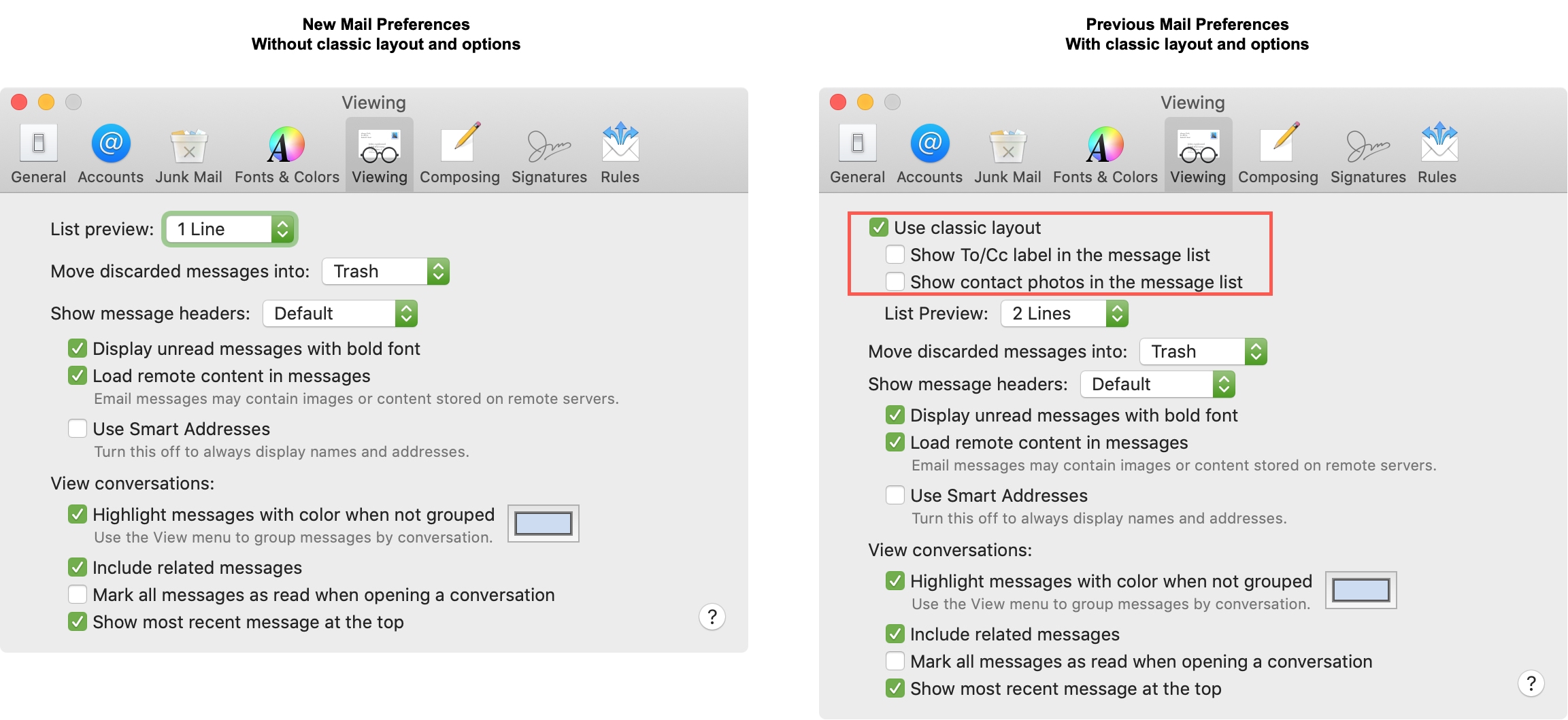

Make sure that Include subfolders is checked. Select the folder to import from if you want to import complete data, do not change any settings.Each option determines what Outlook does with identical files in the destination folder. There are three options for importing regarding duplicate files: Replace duplicates with items imported Allow duplicates to be created Do not import duplicates.Choose Browse and select the file that you want to import.Select Import from another program or file > Next.In Outlook, create a new folder where you can copy the archived items.Select Import items into the same folder in: and choose the Outlook folder the items were originally stored in choose Finish.Ĭopying all archived items from a. Make sure that Include subfolders is checked. Each option determines what Outlook does with identical files in the destination folder. There are three options for importing duplicate files: Replace duplicates with items imported Allow duplicates to be created Do not import duplicates.Note in the side bar to choose the drive, which you would like to back up. Choose Browse and select the file you wish to import. After creating data policy, open any records in incident table where Configuration Item or Location is Empty. Re: Black screen on Mac host computer (s) Ive had this issue as well & what.Choose Outlook Data File (.pst) > Next.Select Import from another program or file > Next.Choose File > Open & Export > Import/Export.Select the items that you want to move and drag then into their original folders in the Folder List.Ĭopying all archived items from a.Select the folder containing the items that you want to move. pst file will now appear in the folder sidebar. The Folder Pane and the left sidebar disappear, and the main.

pst file into their original folder or a new one To hide the Folder Pane, click the View tab, Folder Pane and then select Minimized or Off.
Side bar in outlook for mac disappeared software#
The best software currently present in the market is Outlook Deleted Items Recovery. Then, only advanced third party software can help you to recover disappeared calendars in Outlook. Choose File > Open & Export > Open Outlook Data File. Recover Disappeared Outlook Calendar Using Software.pst file into their original folder or a new one, copy the email back to the original folder, or copy the email to a new folder. There are three ways to restore the data from your archives. For additional changes being made in Outlook 2016 see: New and Changed in Outlook 2016.How do I restore archived information in Outlook? Many of these design changes also apply to Outlook 2016. Note 3: For more tips about dealing with the design changes made in Outlook 2013 see the guide: 36 Short questions and tips for Outlook 2013. Placing the icons vertical requires you to minimize the Folder Pane altogether via:

Note 2: Placing the icons in a (mixed) vertical position like it was possible in Outlook 2010 and previous is no longer possible in Outlook 2013 and Outlook 2016. Note 1: The amount of icons that you see depends on what you have configured for the “Maximum number of visible items” in the Navigation Options, but also on the width of the Folder Pane itself. The blue colored icon indicates which Navigation is currently active. The Navigation Bar will now collapse into the Folder Pane and will only show the icons: In the Navigation Options dialog, enable the option: Compact Navigation. To turn this word based navigation back into an icon based navigation, click on the 3 dots (…) at the right-end of the Navigation and choose Navigation Options… or use View-> Folder Pane-> Options to bring up the same dialog. The new word based navigation bar instead of a small icon based navigation. If you don’t like this, you can easily turn it back into the icon based navigation as it was in Outlook 2010 and previous. Is there any way to put it back there and gain back some of this wasted space?ĭepending on your screen’s resolution and whether or not you are using a touch screen, Outlook 2013 and Outlook 2016 could indeed by default show you a large navigation strip at the bottom as shown below. I liked this configuration better as this was a lot smaller and therefor allows for more space to display the message list and also gives me a larger Reading Pane area. In previous versions of Outlook, they were listed as icons within the pane on the left which also displays all your folders. In Outlook 2016, there is this huge gray bar at the bottom which lists (in a very big font) Mail, Calendar, People, Tasks, etc… to switch to their corresponding folder.


 0 kommentar(er)
0 kommentar(er)
